Moist equatorial forests are home to one of the richest floras in the world, as well as a huge storehouse of valuable wood, many useful and medicinal plants. Due to the difficult terrain, the vegetation of tropical forests has not yet been studied enough. Scientists have found that over 20 thousand flowering plants and about 3 thousand tree species grow here. The forests of South America have a richer flora than those of Africa and Southeast Asia.
General characteristics of the vegetation of equatorial forests
The tropical forest has a complex multi-tiered structure. Trees are distinguished by weakly branching, tall trunks with underdeveloped bark, reaching up to 80 m in height and having elongated board-like roots at the base. Most of the trees are densely entwined with creepers.
Plants and shrubs of the middle tier have wide leaves that help them absorb the light of the sun under the dense crowns of taller trees. The surface of the leaves is mostly leathery, shiny and has a dark green color. The grass cover under the forest canopy is represented by shrubs, mosses and lichens. Another characteristic feature of tropical vegetation is a thin tree bark with fruits and flowers growing on it.
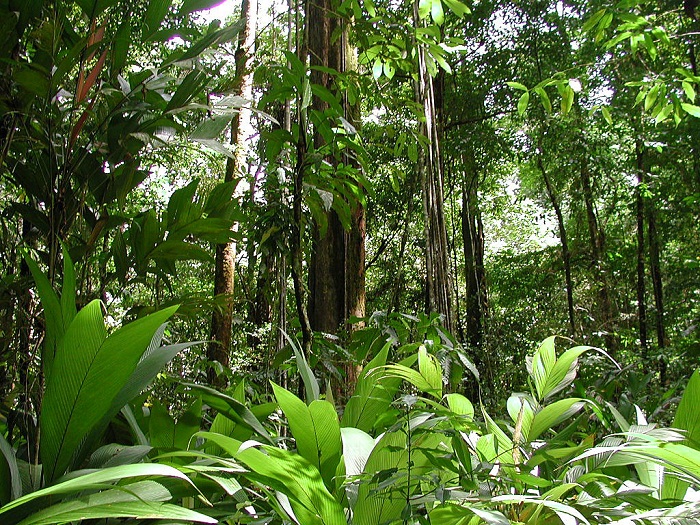
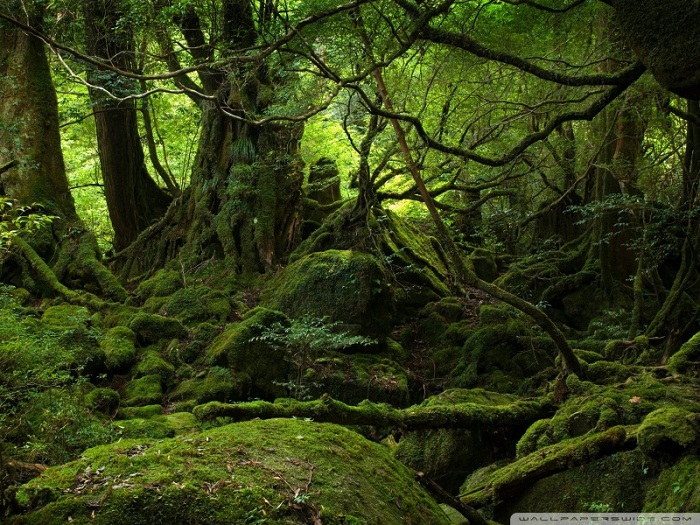
Consider some plants of humid equatorial forests in more detail:
Vegetation is represented by a huge variety of extra-tiered plants - epiphytes and lianas. More than 200 species of palms and ficuses, about 70 species of bamboo plants, 400 species of ferns and 700 species of orchids grow here. The flora of the tropics is different on different continents. In the tropics of South America, ficuses and palm trees, bananas, Brazilian hevea, fragrant cedar (cigarette cases are made from its wood) grow widely. Ferns, creepers and shrubs grow in the lower tiers. Of the epiphytes, orchids and bromeliads are widely found. In the African rainforests, the most common trees are the legume family, the coffee and cocoa trees, and the oil palm.
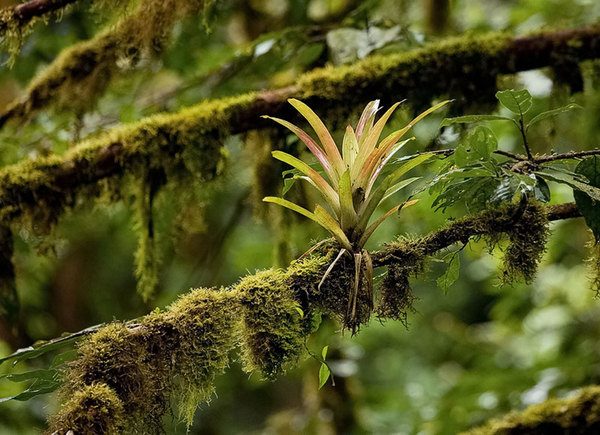
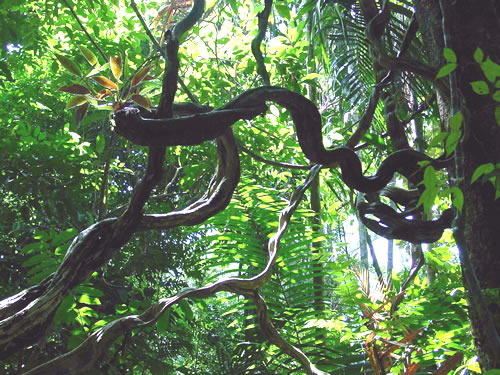
Lianas. The most famous representatives of the flora of the rainforest. They are distinguished by strong and large woody stems, reaching a length of over 70 m. Among them, the most interesting are the bamboo liana with shoots up to 20 m long, the medicinal strophanthus liana, and also poisonous physostigma growing in West Africa. The legumes of this creeper contain physostigmine, which is used in glaucoma.
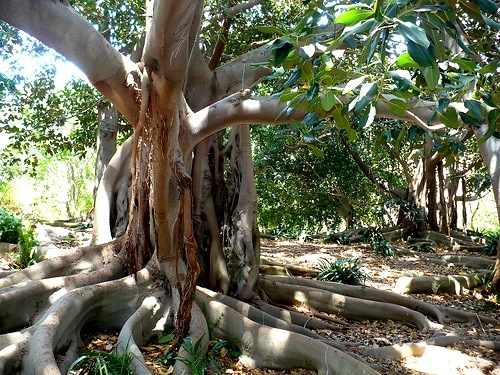
Ficus stranglers. Seeds germinate, falling into the crevices of the trunks. The roots then form a tight frame around the host tree that keeps the ficus alive, preventing its growth and causing death.
Hevea brazilian. Rubber extracted from the milky sap of the tree makes up about 90% of its production in the world.
Ceiba. It reaches a height of up to 70 m. Oil is obtained from the seeds for the production of soap, and cotton fiber is extracted from the fruits, which are stuffed with upholstered furniture, toys and used for heat and sound insulation.
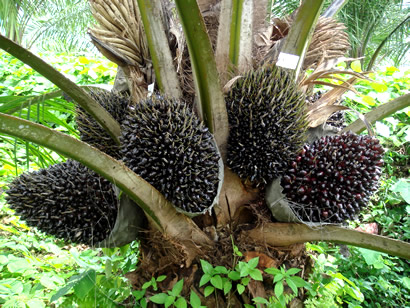
Oil palm. “Palm oil” is extracted from its fruits, from which candles, margarine and soap are produced, and sweet juice is drunk fresh or used to produce wines and alcoholic beverages.
